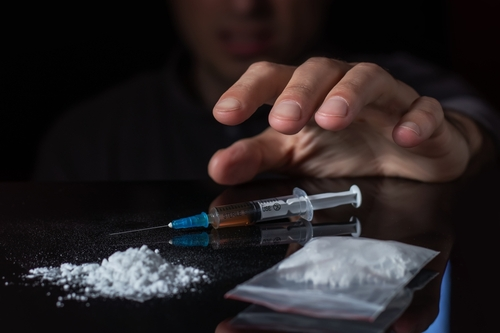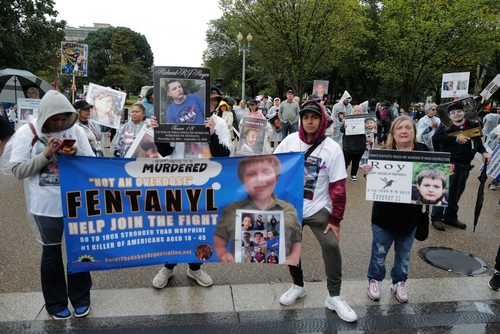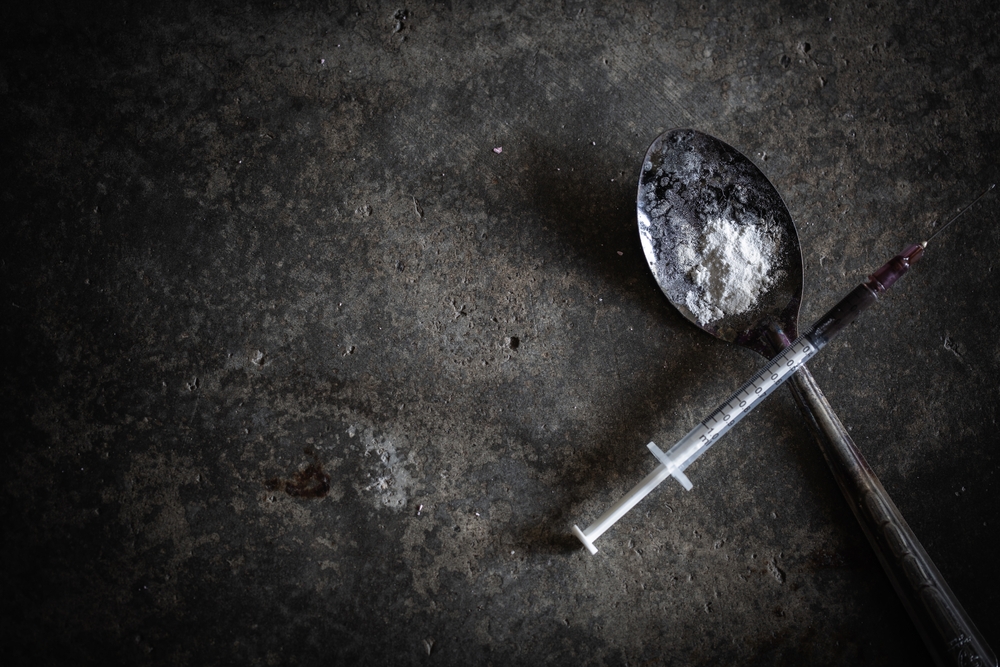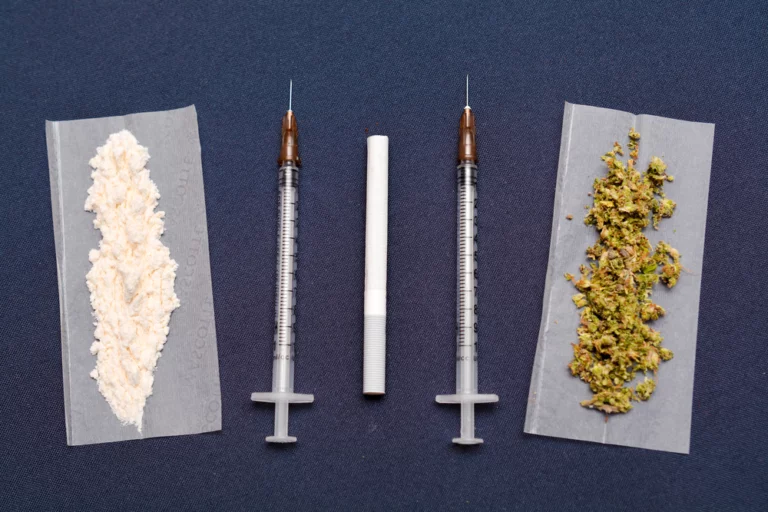What Is Speedballing? 3 Ways It’s Different
If you want to know what speedballing is, stick around. Speedballing is an extremely dangerous way of consuming two or more illicit or prescription drugs simultaneously. You’ve probably heard of speedballing after the deaths of John Belushi, Chris Farley, Philip Seymour Hoffman, or Michael K. Williams, all of whom died from a combination of polydrug overdose.
Since the rise of fentanyl and fentanyl-laced drugs, speedballing and accidental overdoses have increased to unprecedented amounts. In 2020 alone, 40% of all deaths involving illegally-made fentanyl also involved stimulants.
This article explains what speedballing is, its effects, how it differs from using substances individually, the risks of speedballing, and how to treat polysubstance use.

Connect With Us Now
Reach out to us now for immediate support, or let us know the best time to contact you through our confidential callback service. Your journey to healing is just a conversation away.
What Is Speedballing?
Speedballing is when a central nervous system stimulant (upper) is taken along side a central nervous system depressant (downer). The “classic” speedball consists of heroin and cocaine, but in recent years, people have combined any stimulant or depressant. This includes
- Methamphetamine (meth)
- Prescription stimulants (Adderall, Amphetamines, Ritalin)
- Prescription opioids (OxyContin, Vicodin, oxycodone, hydrocodone)
- Fentanyl
- Benzodiazepines (Xanax, Valium)
How Speedballing Works
Speedballing typically involves diluting and mixing both substances into a liquid and injecting it in one shot. Also known as co-administration, most people speedball because they’re trying to avoid the negative side effects of stimulants or depressants taken on their own. Stimulants are known to cause anxiety, hypertension, and palpitations, while depressants can cause oversedation, drowsiness, and tiredness.
Speedballing might temporarily counteract or “reduce” these negative physical sensations, but combining two potent drugs while suppressing some of their effects can lead to a fatal overdose. Many speedball users have died from stroke, aneurysm, and heart attacks.
Read more: What Is Cocaine Paranoia & Can You Treat It?

Scope Of Speedballing In The US
Since 2010, overdoses involving polydrug use have increased 50 times, accounting for 32% of all US overdoses in 2021. This is due to the rise in highly potent synthetic opioids like fentanyl. This epidemic has been titled the “fourth” wave in the opioid crisis, following the rise of prescription opioid abuse in the early 2000s, the rise of heroin in 2010, and the rise of fentanyl in 2013. In 2019, the DEA released a statement warning the public about “super speedballs,” which are concoctions of cocaine and fentanyl.
Take Our Addiction Quiz for Recovery Insights
How Do The Effects of Speedballing Differ From Using Substances Individually?
The effects of speedballing can be drastically different than taking stimulants or depressants on their own.
Increased chances of addiction
Individually, someone may not find appeal in the effects of stimulants or depressants, avoiding an addiction to one of them altogether. While the combined effects might vary from one person to another, the reinforcing effects at the neurochemical level are strong enough to lead to polydrug dependence (physically or psychologically dependent on two or more substances). This is due to opioid’s ability to release more dopamine and cocaine’s ability to increase dopamine activity in key brain regions. This creates a powerful reward-pleasure cycle that can lead to chronic drug use.
Read more: Drug Abuse Vs. Misuse: Which Can Lead To Addiction?
Staggered effects
Staggered or push-pull effects are common with drugs that have multiple components or actions on the body, leading to a complex interplay of onset, peak, and duration for different aspects of the drug’s effects. For example, the effects of cocaine and most other stimulants wear off faster than heroin or oxycodone, leaving users with more heroin or fentanyl than their bodies can mentally or physically handle. This can lead to an opioid overdose and respiratory failure.
Masked effects
Speedballing can mask the effects of both drugs, leading users to believe they can,
- Take more of one or both substances.
- Drive, operate a machine, or use dangerous equipment.
- Climb, run, or perform dangerous physical activities.

Short Effects Of Speedballing
Taking two or more drugs at the same time can create a dangerous synergy that can quickly overwhelm your body’s central nervous system. Short-term effects of speedballing include:
- Anxiety, panic, paranoia, and confusion
- Trouble speaking or thinking
- Hypertension (high blood pressure)
- Hypoxia: Stimulants shrink your blood vessels and increase your need for oxygen, while opioids decrease respiration (breathing) and deliver less oxygen to the body, resulting in restlessness, shortness of breath, and difficulty breathing.
- Increased heart rate
- Cognitive impairment
- Stupor (near-unconsciousness or insensibility)
Long-term Effects of Speedballing
Long-term effects of speedballing include:
- Ischemic or hemorrhagic stroke
- Ischemic organ damage
- Ulcerations in the gastrointestinal tract
- Kidney and liver failure
- Heart muscle inflammation
- Aortic ruptures (all the layers of the aorta wall tear)
- Vascular inflammation and clogged blood vessels (due to injecting)
- Contracting HIV or other bloodborne disease (due to injection)
- Abscesses, cellulitis, and tissue necrosis (due to injection)
- Seizures
- Long-lasting cognitive impairments (memory issues, learning disorders, difficulty concentrating or making decisions, and Parkinson’s disease.
- Impulsivity issues
- Addiction
Are You Covered For Treatment?
Oasis Recovery Center partners with numerous private insurance providers. Our team is committed to assisting you in quickly and effortlessly verifying your insurance coverage for treatment.
Treatment For Speedballing
Speedballing or polysubstance use should always be treated simultaneously. Focusing on one substance or underlying contributors individually isn’t as effective nor recommended by addiction experts. The main challenge of treating speedball use is there are no FDA-approved medications designed to treat two substances at the same time.
Individuals can be prescribed Suboxone or Methadone to counter the effects of opioids, but stimulants like cocaine or meth have no FDA-approved medication. However, treating speedball use involves more than medication and incorporates behavioral and holistic therapies into treatment.
Here’s what an addiction treatment plan tailored around speedballing would look like.
- Medical detox: Withdrawing from two or more substances at the same time can be very dangerous. Entering a medical detox program is the best way to ensure withdrawal symptoms are monitored, managed, and clinically supervised. A professional detox setting is also the best way to ensure the cravings during the first few days of withdrawal aren’t given in.
- Residential or PHP treatment: Coming out of detox, the next step would be a residential (inpatient) or partial hospitalization program. These treatment programs are the most structured and can help individuals with serious addictions establish the foundations of treatment and recovery. These programs can last up to a month and require full or part-time admittance.
- Outpatient treatment and aftercare: The final steps of a speedball abuse treatment plan involve slowly transitioning back into daily life. Intensive outpatient programs (IOPs) allow clients to attend treatment during the day or afternoon and return home. IOP programs can last anywhere between 30 to 90 days. Once someone has finished an IOP program, they can set up an aftercare plan that establishes a long-term recovery path through regular updates and therapy sessions.
Contact Oasis Recovery Center In Asheville, NC
If you or someone is speedballing, contact Oasis Recovery Center in Asheville, North Carolina. Our addiction treatment center was founded by members of the recovery community who understand the needs of those struggling with addiction and drug abuse. Our treatment center combines evidence-based therapy methods like CBT, DBT, or EMDR with holistic healing modalities, such as yoga, breathwork, and experiential therapy. Call, email, or fill out a form on our site, and one of our admissions agents can answer any questions about scheduling, insurance, cost, and more.







One Comment
Comments are closed.